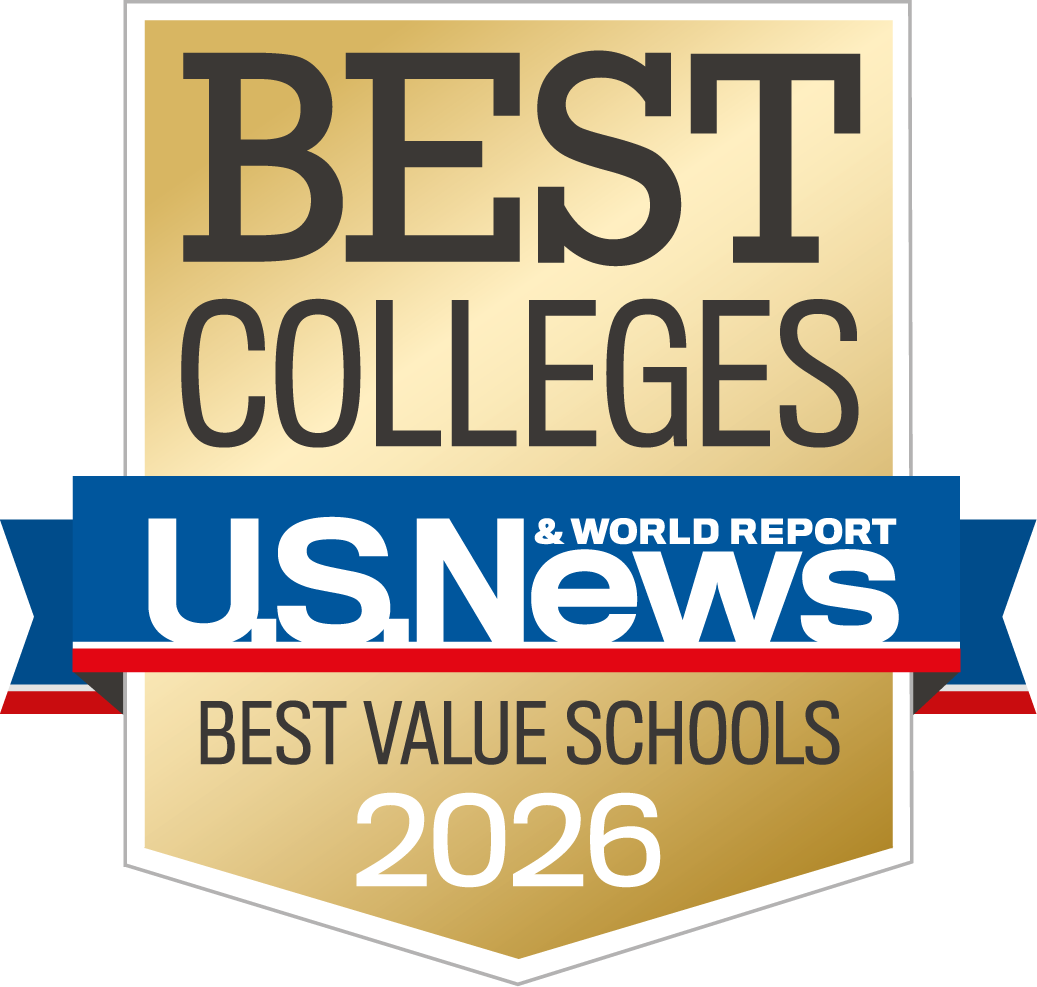Financial Aid
We’re here to support your future success and make a world-class education within reach.
RIT is committed to making education accessible. We want to take the guesswork out of the aid process to help make your experience as smooth as possible. Our Financial Aid office is your partner, and we can work to create a financial plan together. Our goal is to provide assistance that can help you launch the career of your dreams.
This Month's Helpful Reminders
Are You Graduating in December?
You must complete student loan exit counseling when you leave school or drop below half-time enrollment. Exit counseling helps you understand your student loan obligations and prepares you for repayment.
Spring Semester Financial Aid / Billing Information is Available in eServices
Financial aid for the spring semester will be listed in a student's spring billing summary. Please note:
1) If continuing undergraduate students are not enrolled full-time (12 credits +), their tuition charge will not reflect the full-time tuition rate. Financial aid that requires full-time enrollment will not pre-credit against their charges until 24-48 hours after the student enrolls full-time and has been charged the full-time tuition rate.
2) All students (undergraduate and graduate) would need to accept their federal loan(s) in eServices and enroll in at least 6 credits in order for their federal loan(s) to pre-credit against their spring tuition charges.
Learn more about billing, payment options, and payment plans.
Final Term of Course Enrollment
For RIT and RIT/NTID funding, undergraduate students must be enrolled full-time (12 or more credits) each term in courses applicable toward the completion of their degree. However, if students are in their final term and do not need to be full-time to complete their degree requirements, their funding can be prorated based on their remaining coursework needed to graduate.
To be considered, students should contact their Academic Advisor to ask them to confirm their final semester of study and their required number of credits for degree completion by submitting a Part-Time Enrollment for Final Term Form. View details about RIT’s Final Term: Part-Time Policy. An exception: The proration of RIT/NTID grants and scholarships does not apply to students who have been accepted into an undergraduate Applied Arts and Sciences program on a part-time basis.
Get the information you need to apply for financial aid including deadlines, step-by-step instructions, forms, and more by selecting your student type. If financial aid is a new subject for you, review our How Financial Aid Works resource. If you need help or have questions, contact us.
Co-op Financial Benefits
Our unique Cooperative Education Program (Co-Op) not only complements your academics, but has financial benefits. This full-time, major-specific, paid work experience provides early career exposure that can help you stand out and earn more.
- $0 tuition while on co-op
- You may still qualify for federal aid while on co-op
- Co-op earnings can help you pay for personal expenses or your tuition and fees.
Class of
2022
2,932
Bachelor's Degrees Awarded
93.2%
Outcomes Rate
Featured Events
Attend a virtual event to hear directly from Financial Aid staff regarding the aid application process, accepting your financial aid offer, financial literacy as a college student, and more.

Financial Aid and Scholarships for RIT Undergraduates
There are no upcoming events at this time, but you can register to view a recording from a past event.
Register for recordings for the virtual financial aid sessions
RIT/NTID Financial Aid and Scholarships
Financial Aid webinar for students interested in ASL-English Interpretation:
- Tue, November 16 | 7 p.m. ET
















Contact Us
Our expert team is here to provide personalized support.
Please use one of the options below to connect with our office. Contacting us through multiple channels with the same question will delay response times. We appreciate your cooperation.
Chat
For general questions about the financial aid process, we recommend our live chat.
Email
For general questions about your specific situation, we recommend you email ritaid@rit.edu.
Call
For detailed questions about your specific situation, we recommend that you call 585-475-2186.
Contacting our office by phone or email allows us to answer specific questions related to a student as long as we are able to affirm the student and the individual requesting information to protect privacy and confidentiality. Chat is reserved for general non-student specific information only.
Office of Financial Aid and Scholarships
Bausch and Lomb Center
56 Lomb Memorial Drive
Rochester Institute of Technology
Rochester, NY 14623-5604
Directions to Admissions and Aid
Financial Aid Counseling Team
Consumer Information
Secure Document Upload
Office Hours
8:30am - 4:30pm
Monday - Friday
ritaid@rit.edu
585-475-2186